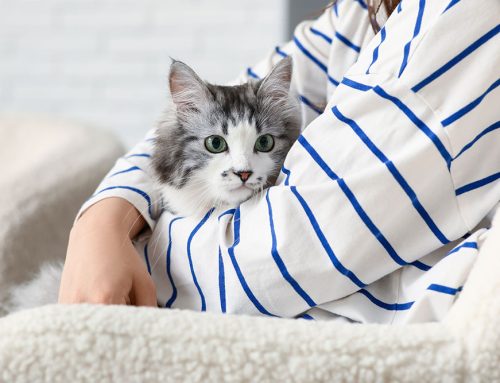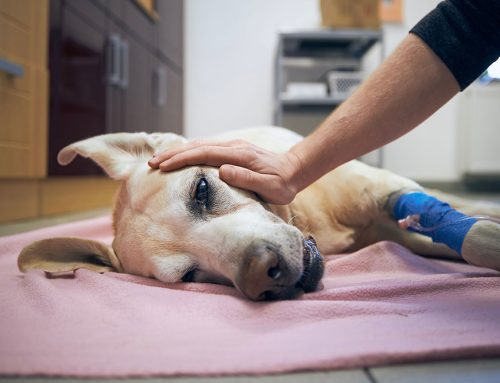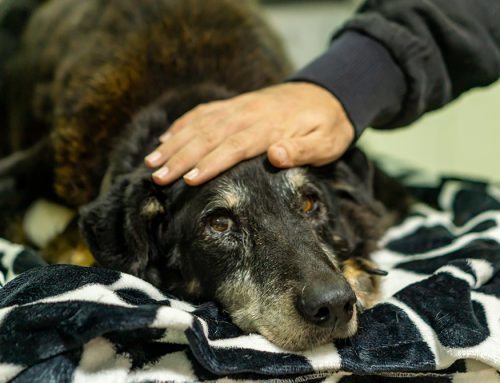Hospice care for small animals is a compassionate approach to end-of-life care, focusing on comfort, pain management, and quality of life rather than curative treatment. It is often chosen when an animal has a terminal illness or is at the end of its natural lifespan. Here are some key aspects of small animal hospice care:
1. Pain and Symptom Management
- Veterinary guidance ensures appropriate pain relief (e.g., medications, etc).
- Managing symptoms such as nausea, difficulty breathing, or mobility issues to keep the pet comfortable.
2. Nutrition and Hydration
- Ensuring the pet receives adequate food and water, possibly using appetite stimulants or assisted feeding methods.
- Adjusting diet based on changing needs and preferences.
3. Comfortable Environment
- Providing soft bedding, a quiet space, and easy access to essentials like food, water, and litter boxes.
- Maintaining a familiar, low-stress environment.
4. Mobility Support
- Using slings, ramps, or supportive devices for pets with mobility challenges.
- Assisting with gentle repositioning to prevent pressure sores.
5. Emotional and Social Support
- Offering companionship and reassurance through touch, voice, and presence.
- Allowing family members to spend quality time with the pet.
6. Monitoring and Veterinary Support
- Regular check-ins with a veterinarian to adjust care as needed.
- Recognizing signs of pain or distress that indicate declining quality of life.
7. Decision-Making and Euthanasia Planning
- Hospice care helps pet owners make informed decisions about euthanasia based on their pet’s well-being.
- Some choose in-home euthanasia for a peaceful passing in a familiar setting.
Many veterinarians and specialized hospice services now provide home-based care to guide families through this process. If you’re considering hospice for your pet, please reach out to Furever Loved, PLLC and we can help tailor a plan to your animal’s specific needs.
Dr. Santore







Leave A Comment